- Incredible value for 300-mile range
- Great level of equipment across all models
- Solid performance
- Hatchback-sized boot
- Limited leg room in rear
- Ultimate model is pricey
Range (WLTP): 189-300 miles Top Speed: 96-104 mph 0 to 62: 7.9-9.7 sec Cost/Mile (@14p/kWh): 2.89-2.99p
Introduction
With all the hype surrounding the Ioniq 5, it’s easy to forget that Hyundai has been making another excellent electric car for a few years now – the Kona Electric. This model has now had a facelift, and alongside this a new Ultimate trim has been introduced alongside some pricing adjustments to other trims. The big news is that this includes a drop in price for the 64kWh battery Premium version, which boasts 300 miles of range. This now falls below £35k, meaning you can get the Kona Electric with the UK government grant with 300 miles of range. Business lease deals start at £435.58.
Price and Options
The car we were sent was the Ultimate edition, which is absolutely packed with every possible feature as standard. However, the whole range has been tweaked. Where once there was SE, Premium and Premium SE, now you get SE Connect, Premium and Ultimate. There are still two powertrain options with the Kona – 39kWh battery with 136PS motor and 64kWh with 204PS. The lesser option is only available with the SE Connect, the Premium can have either, and the Ultimate only has the most powerful version. So there are four variants available.

The basic SE Connect starts at just £27,950, which is two grand less than the SE used to be. The Premium is £29,300 with the 39kWh battery and £32,550 with the 64kWh unit. All these prices so far include the £2,500 plug-in grant. There’s a big leap to the Ultimate, however, because that doesn’t quality for the grant. It comes in at £37,200.
All cars have adaptive cruise control, a 10.25in media screen with connected satnav, 17in alloys and rear parking sensors with camera. The Premium trim adds wireless phone charging, front parking sensors, more safety features, heated steering wheel and front seats, and keyless entry. The Ultimate adds a lot of luxury extras, including ventilated front seats with electric seat adjustment, heated rear seats, head-up display, a sunroof, and leather upholstery.
There are lots of colour choices, starting with a basic light blue. There are reds, darker blues, blacks, greys and white, ranging in price from £300 to £565. Our review car is Cyber Grey, a £565 option. There are no wheel choices, but the standard 17in alloys are reasonably striking.
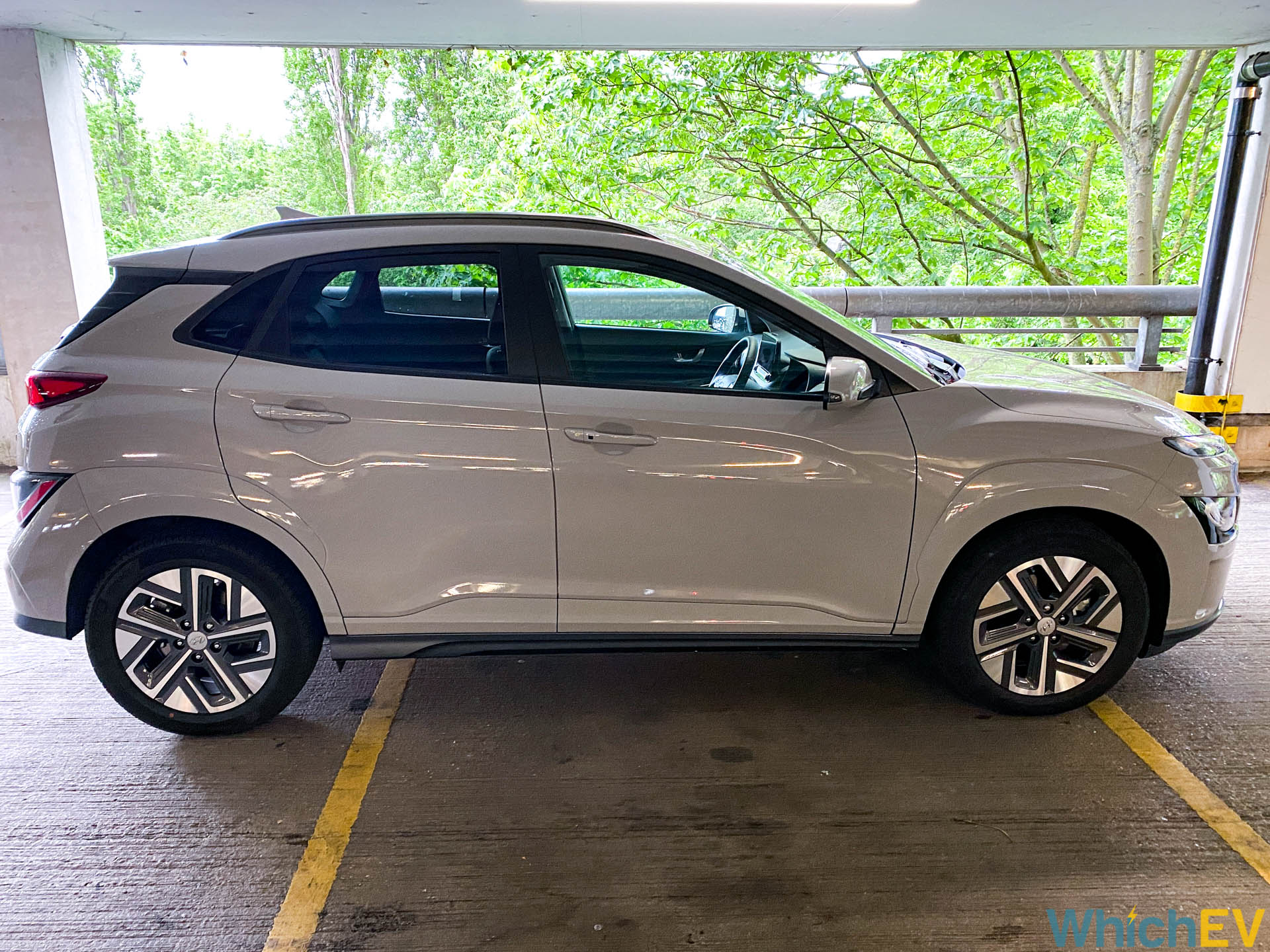
Hyundai has been rather smart with their new pricing. Considering how well equipped the Premium Kona Electric is, its £32,550 price is great for a car with 300 miles of range, a full complement of safety features, and even heated front seats. The Ultimate is incredibly well equipped, and still beats both the basic Tesla Model 3 and VW ID.3 for range. But you may consider finding the extra £3,700 for a Tesla Model 3 Standard Range Plus if you're planning to spend this sort of money on a new EV.
Overall, though, Hyundai has reacted well to the change in government grant and the arrival of more EV choices. For under £30k, we still prefer the VW ID.3 over the Kona. But if you have £32,550 to spend on an EV, the Kona Electric Premium 64kWh is hard to beat.
Exterior Design
The changes in appearance with the facelift Kona Electric are subtle but welcome. Although this is still a car that shares a platform with internal combustion-powered variants, the electric version now has a front without any vestige of an air intake grille. This presents a much cleaner appearance that looks more streamlined. The sidelights have been mildly updated too.
Another subtle change is the replacement of the dark plastic wheel arches with body-coloured ones, which takes away from the rugged crossover look but adds a bit more class to the appearance. However, while Hyundai still calls the Kona Electric an SUV, the body-coloured wheel arches make this even less realistic. In reality, while this is a crossover, it’s more tall hatchback than SUV.
There are lots of nice touches with Korean cars, and one we like is the way the keyless entry reacts. The mirrors do open automatically as you approach the car with the keys in your pocket, but the doors don’t unlock until you press a button on the handle. Some cars tend to schizophrenically lock and unlock.
Interior Comfort
Hyundai hasn't made significant changes to the interior of the Kona. It's still rather sober and no-nonsense like other Hyundai cars, and there are no options beyond the choice of overall trim. The SE Connect and Premium come with black cloth seating, whereas the Ultimate uses black leather. The front seats are comfortable and thanks to the vehicle height, there’s plenty of headroom.
The driver and passenger seat have electronic adjustment on the Ultimate, but the SE Connect and Premium seats are mechanical only. They're still heated on the Premium, although the Ultimate adds ventilation. The Ultimate also has rear heated seats, apart from the middle one. The Ultimate is the only trim with a sunroof as well.
The central console is strangely high up with a second tier below. There are two substantial cupholders with different sizes on the top tier, a space for small change, and a cubby under the arm rest. Beneath a door at the front is a wireless charger for your phone, although not on the SE Connect trim. There’s a reasonably sized glovebox.
The rear seats have plenty of headroom too, but the legroom is a different story. This is much less than the Kia e-Niro or VW ID.3, for example, and not really ideal for tall adults, although it will be fine for children. The central seat is smaller, as we usually find, so you wouldn't want to be sitting there for a long journey. The middle seat back is also the location of an arm rest with a couple of integrated cupholders.
However, the rear seat passengers don’t benefit from any rear air conditioning vents or USB ports for their devices, even in the Ultimate edition. There are magazine nets and ISOfix points for the outer rear seats.
Storage and Load Carrying
While the Kona electric’s rear seat room is more like a hatchback than an SUV, so is the rear boot space. This is exactly the same as the previous version. With rear seats up, you get 332 litres, which is a little more than a Vauxhall Corsa-e, but less than a Renault Zoe. There is a little bit of space under the boot floor for some emergency kit and you might just fit in a charging cable.
Drop the rear seats down, which have the usual 60/40 split, and you get 1,116 litres, which is actually 2 litres less than a Corsa-e and 109 litres less than the Zoe. This is a perfectly adequate amount of space for a weekend family trip, the weekly shop, or a couple on holiday for a week. But you won’t be carting a double mattress back from Ikea.
The sturdy steering wheel bristles with control buttons but they're large and simple to operate. There are stalks for windscreen wipers and lights, plus paddles for increasing or decreasing regenerative braking.

The central console buttons are substantial and functional. There are four buttons in a cross for choosing forward, reverse, park and neutral, plus a separate electronic parking brake. Further back are some more sturdy buttons to control the heating or ventilation on the seats (if available), heated steering wheel (an Ultimate-only feature), auto hold and choosing between the three drive modes – eco, normal and sport.
The air conditioning has its own complete set of discrete buttons and knobs. This isn’t quite zoned, but you can direct the fans to the driver only if you want. There’s a start/stop button to fire up the system, but no snazzy automated process like the Volkswagen ID.3 and 4 or Teslas. The driver’s display shows power delivery or recuperation on the right, alongside remaining battery, and then trip information.
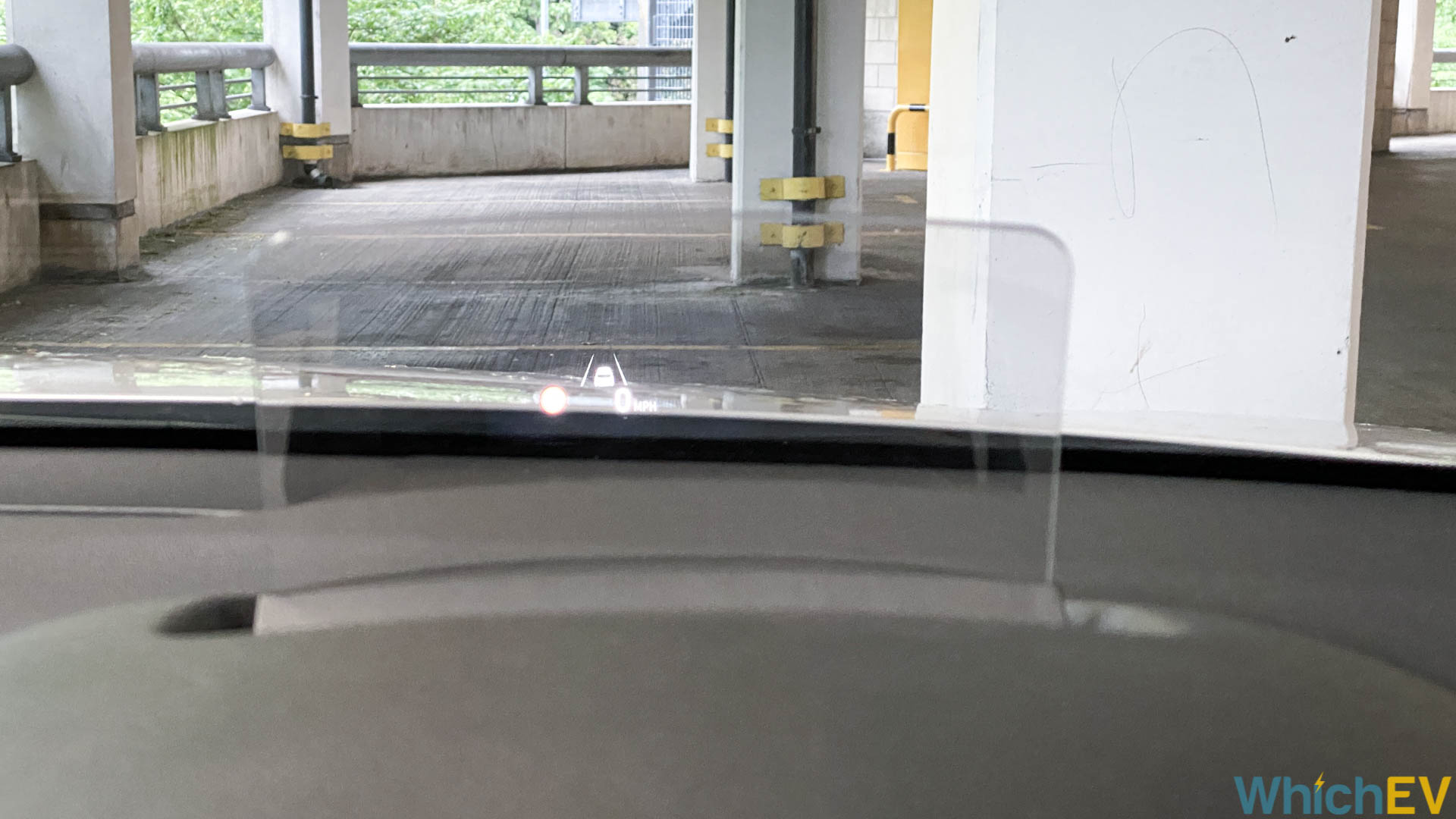
The set of buttons on the right operates safety features and, on the Ultimate, activates the head-up display. These are getting more common on cars these days, but we still appreciate seeing a HUD when it is included as it keeps key dashboard elements visible without taking your eyes off the road. Hyundai’s version is a separate transparent plastic screen that rises from the dashboard behind the steering wheel, delivering useful information including speed limit, current speed, lane departure, and navigation.
One upgrade with the new range is that all cars now come with a 10.25in panel with connected navigation and eight-speaker audio. But the general features are the same as before, with support for both Android Auto and Apple Car Play, although there is also a decent sat-nav included as well. The menu is reasonably well laid out.
Performance and Driving
One area where the facelift Kona Electric hasn’t changed is how it drives, which was already good. The 64kWh Kona has a 204PS motor, which is the same amount that the launch versions of the VW ID.3 and 4 came with, the Skoda Enyaq iV 80 and the Audi Q4 e-tron 40. However, with the Kona Electric this power is through the front wheels, rather than the rear. This does make for a little torque steer, and you can even spin the wheels momentarily when you put your foot down in damp conditions.
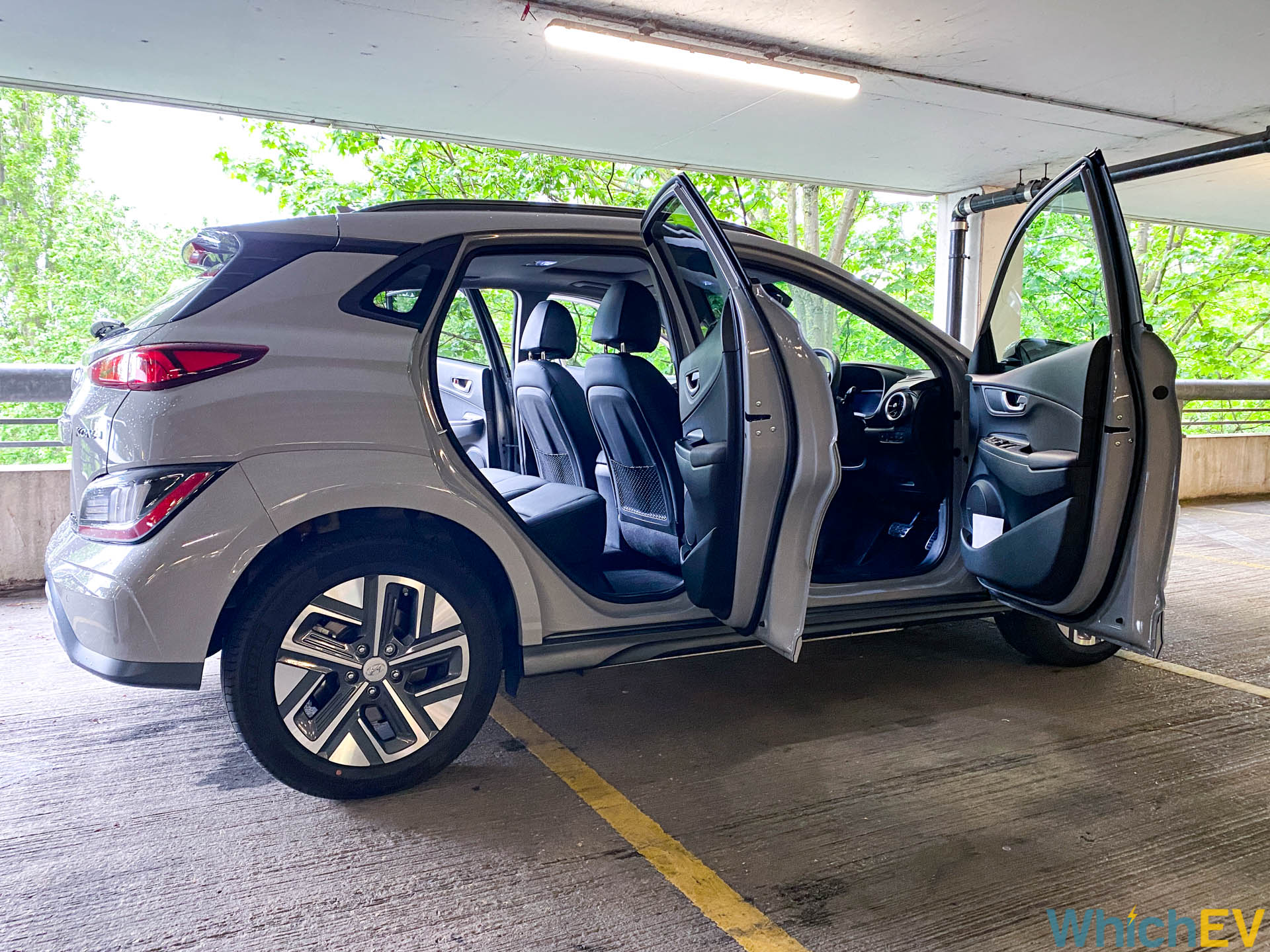
The 204PS Kona is quite fast, taking just 7.9 seconds to hit 62mph, although the 136PS car is notably slower at 9.7 seconds. Even in sport mode, the Kona Electric isn't quite as involving to drive as a Mini Electric or BMW i3, or indeed a VW ID.3. But it's still a good experience for a car that isn't meant to be sports oriented. It also sits comfortably on motorways, which is welcome since this car's range capabilities make it very viable for long journeys.
Range and Charging
Another area where things haven’t changed is in the range offered by the two battery sizes, which was already class leading. You get 189 miles of range with the 39kWh battery, but a considerable 300 miles of range with the 64kWh battery, and now that is available for under £35,000. With the price change, the 64kWh Premium Kona Electric offers the most range of any electric car currently available that still qualifies for the UK grant.
There's a CCS port hidden at the front of the car, providing the usual choice of AC and DC charging. On a 7kW AC wall box the 64kWh battery will take 9 hours 15 minutes to charge from empty to full and the 39kWh takes 6 hours and 10 minutes. There's also 10.5kW AC charging, which takes 7.5 hours. DC charging is now supported up to 100kW, so replenishing 80% for either battery in 47 minutes. This increases to 64 minutes on 50kW DC, or 48 minutes with the 39kWh battery, showing that this version doesn't have quite such a high DC rating as the 64kWh version.
Running Costs
With a 14p per kWh home supply, the Kona is cheap to run at 2.99p per mile for the big battery and a mere 2.89p for the smaller one. The insurance groups are also reasonable, ranging from 20 for the SE Connect to 24 for the Premium and Ultimate with 64kWh drivetrain. In comparison, the Tesla Model 3 SR+ is in group 48, so will be much more expensive to insure.
Like most Korean cars, the warranty is excellent, too. The basic guarantee is 5 years for unlimited miles, and the battery warranty is for 8 years or 125,000 miles, with 70% capacity guarantee. You get 12 years of anti-corrosion guarantee.
Safety
The warranty is generous, and you get a decent amount of safety tech as standard too. Even the SE Connect Kona includes autonomous braking with pedestrian recognition, forward collision warning, and lane keep assist. There's adaptive cruise control across the entire range, as well – a very welcome feature in these days of increasingly heavy traffic and average speed zones.
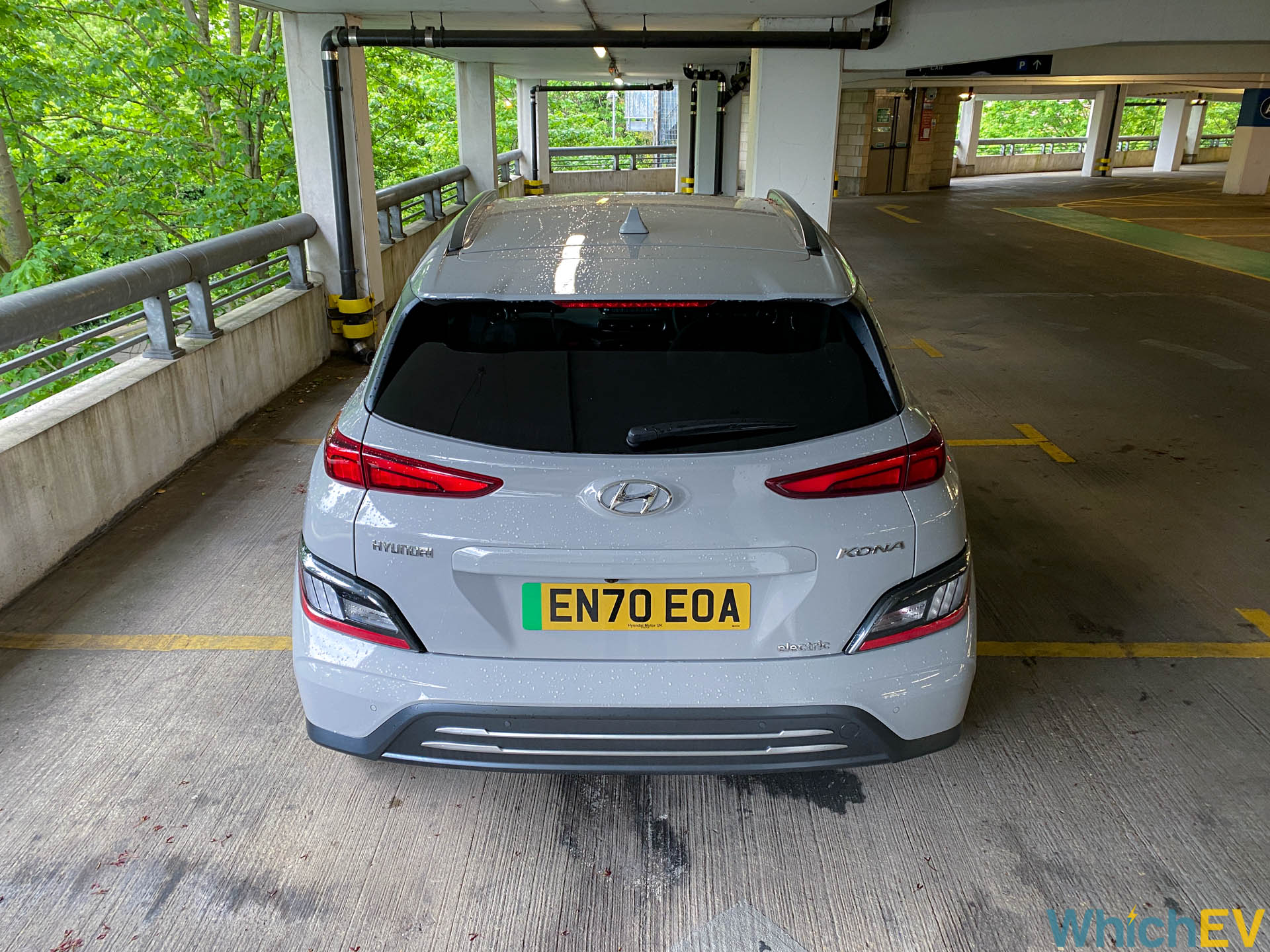
The Premium trim adds intelligent speed limit warning, blind spot detection, and rear cross traffic collision warnings. However, the Ultimate version doesn't add any safety features on top of this. Not that we can think of anything much you could add to this already comprehensive safety selection other than automatic steering.
| Price: | SE Connect – £27,950; Premium 39kWh – £29,300; Premium 64kWh – £32,550; Ultimate – £37,200 |
| Range (WLTP): | 39kWh – 189 miles; 64kWh – 300 miles |
| Charge time (7.4kW): | 39kWh – 6 hours 10 minutes; 64kWh – 9 hours 35 minutes |
| Charge time (50kW, 80%): |
39kWh – 48 minutes; 64kWh – 64 minutes |
| Charge time (100kW, 80%): | 39kWh/64kWh – 47 minutes |
| Battery: | 39kWh or 64kWh |
| On Board Charger: | 10.5kW |
| Cost per mile*: | 39kWh – 2.89p; 64kWh – 2.99p |
| 0-62mph: | 39kWh – 9.7 seconds; 64kWh – 7.9 seconds |
| Top Speed: | 39kWh – 96mph; 64kWh – 104mph |
| Power: | 39kWh – 136PS; 64kWh – 204PS |
| Wheels driven: | Front |
| Cargo: | 332 litres / 1,116 litres with rear seats down |
*based on electricity costs of 14p per kWh

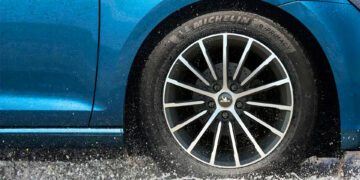

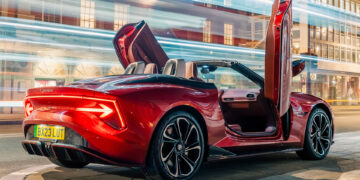

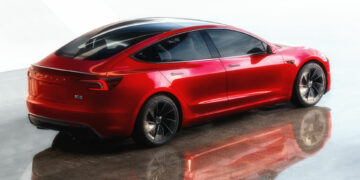
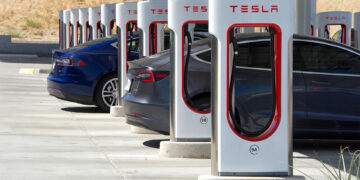

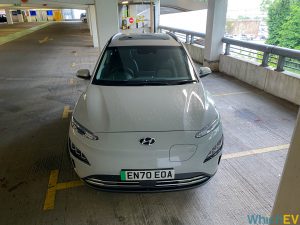
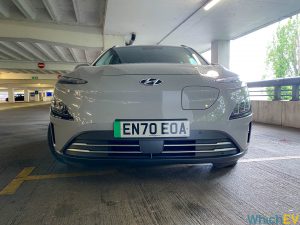
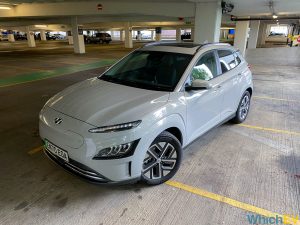

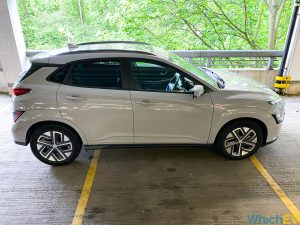
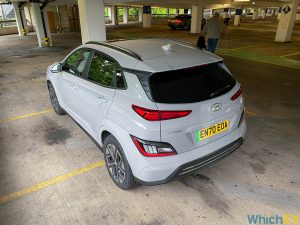
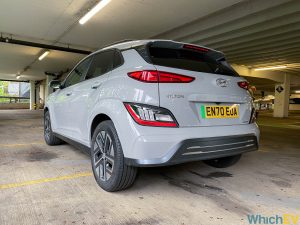

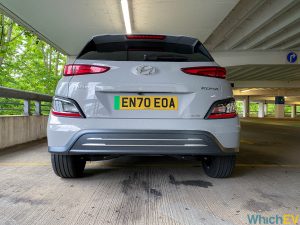
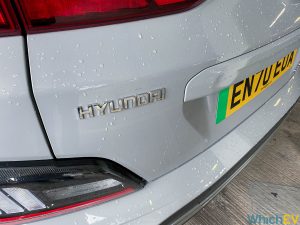

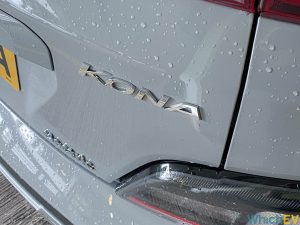
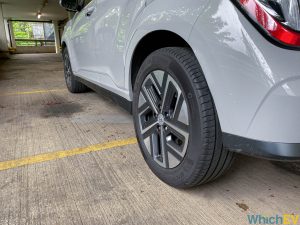
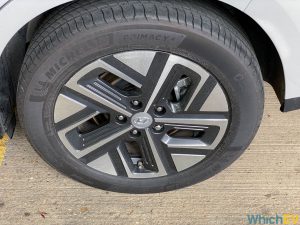
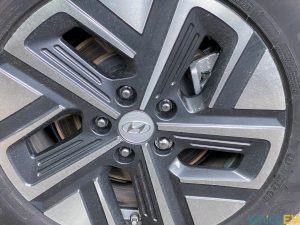
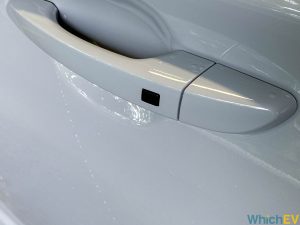
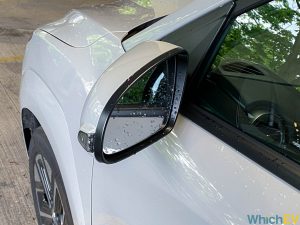
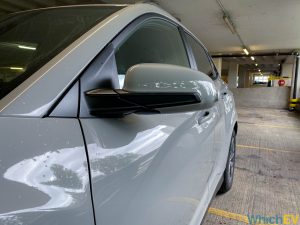
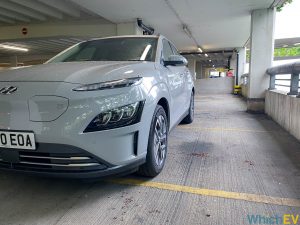

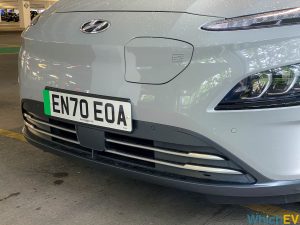
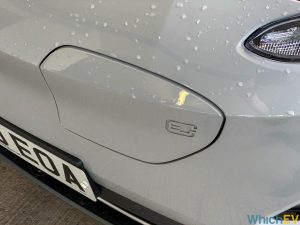

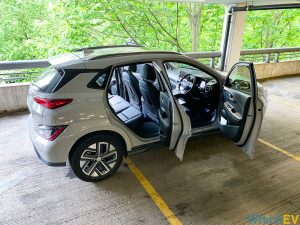
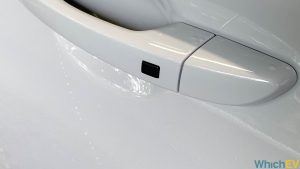

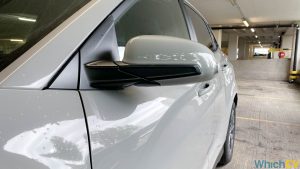
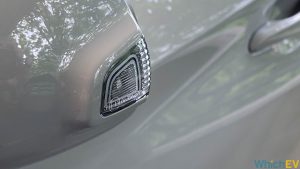
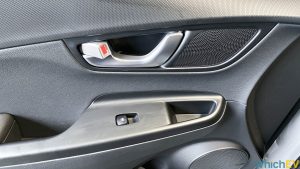
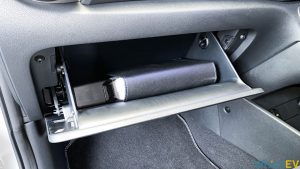
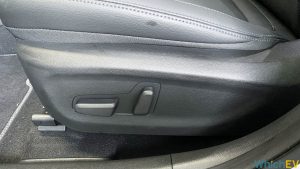
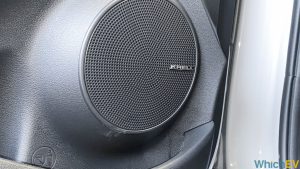

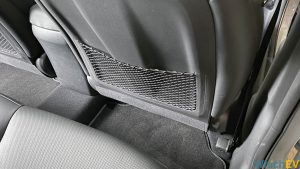
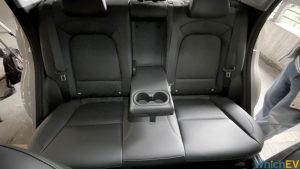
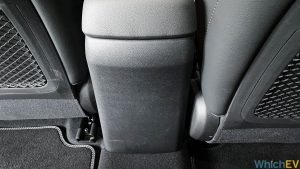

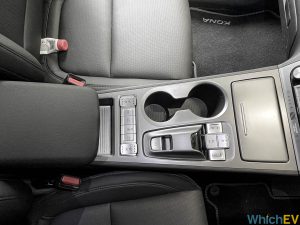
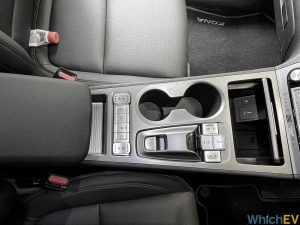
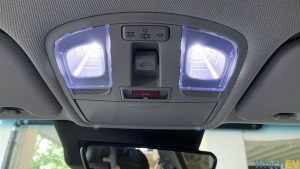
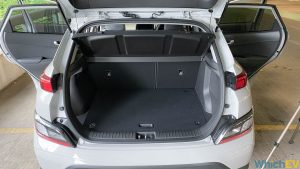
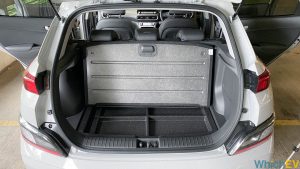
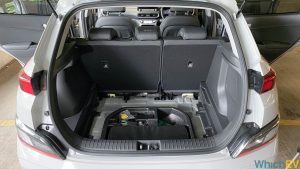
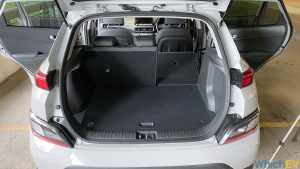
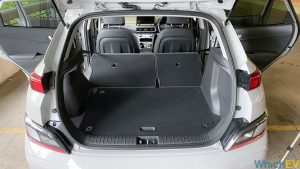
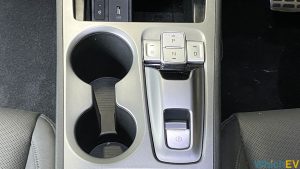
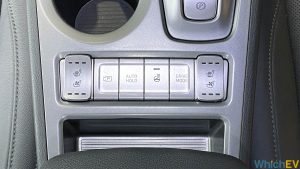
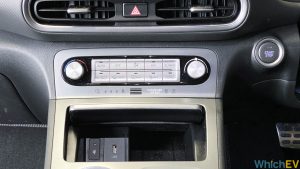
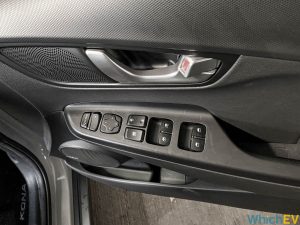
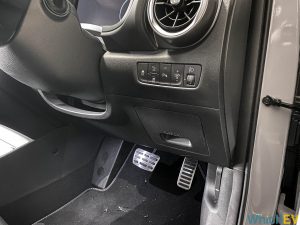
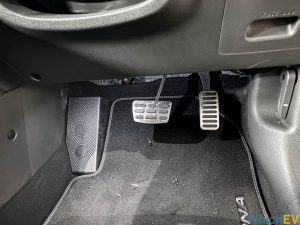
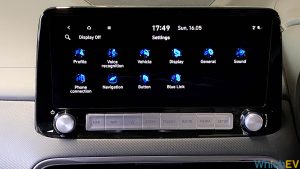
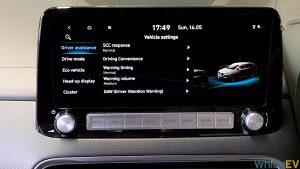
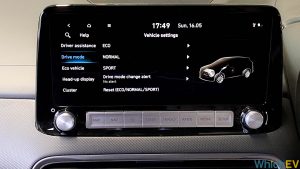
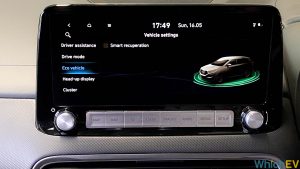
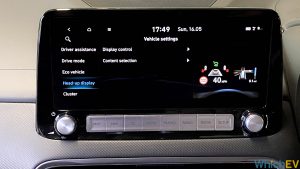
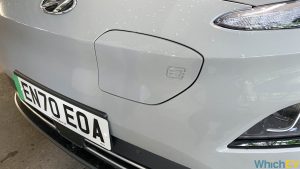
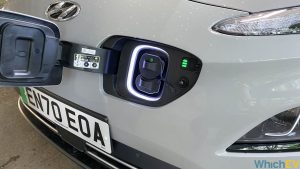
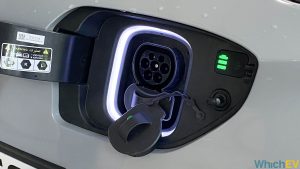
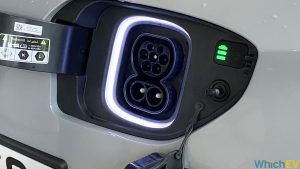










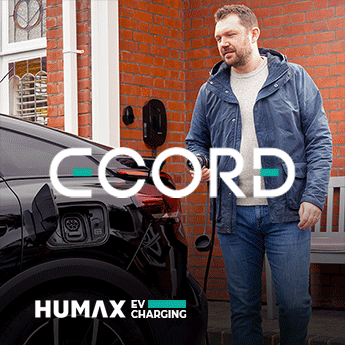
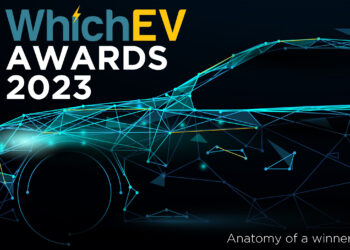
Discussion about this post